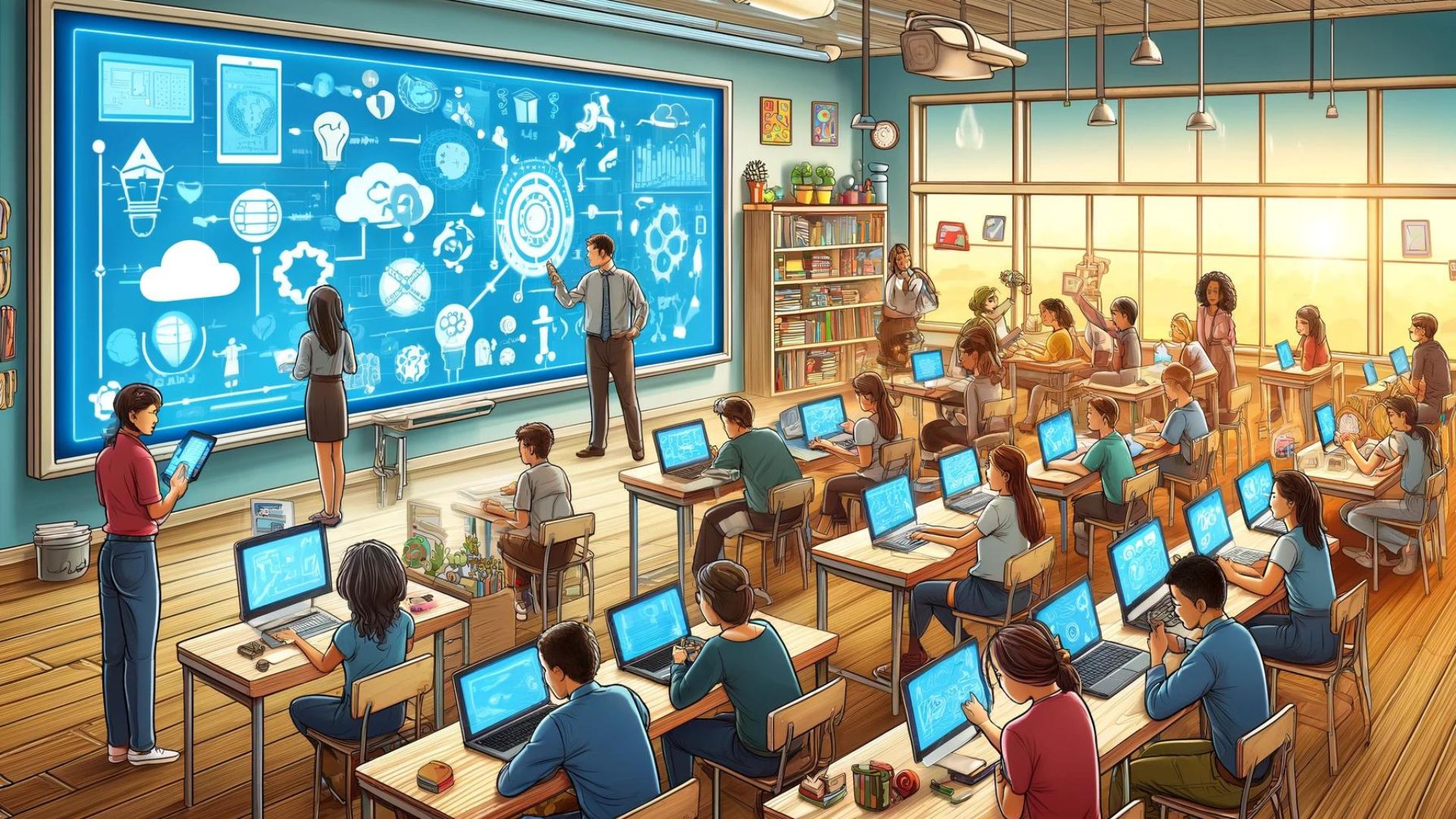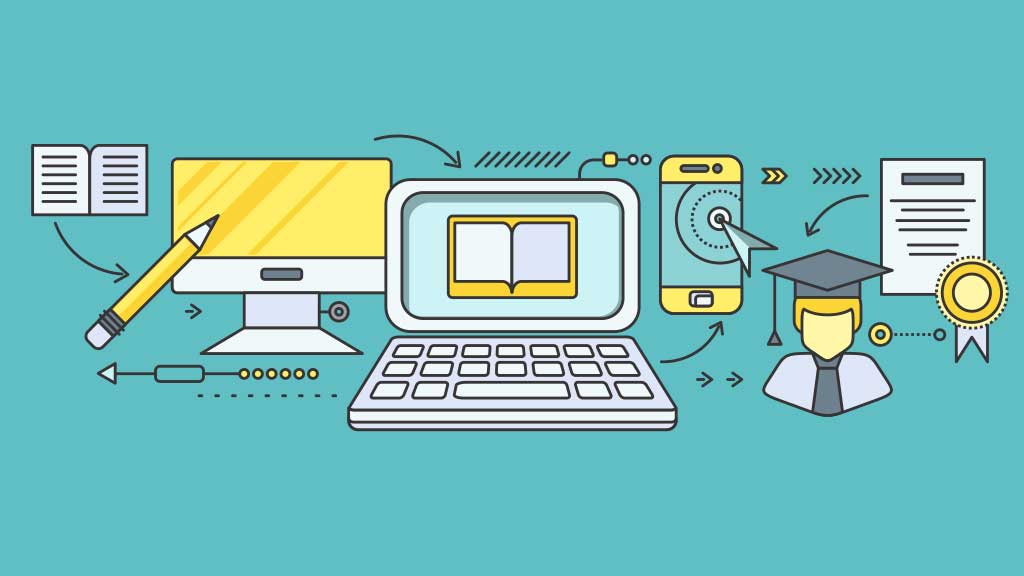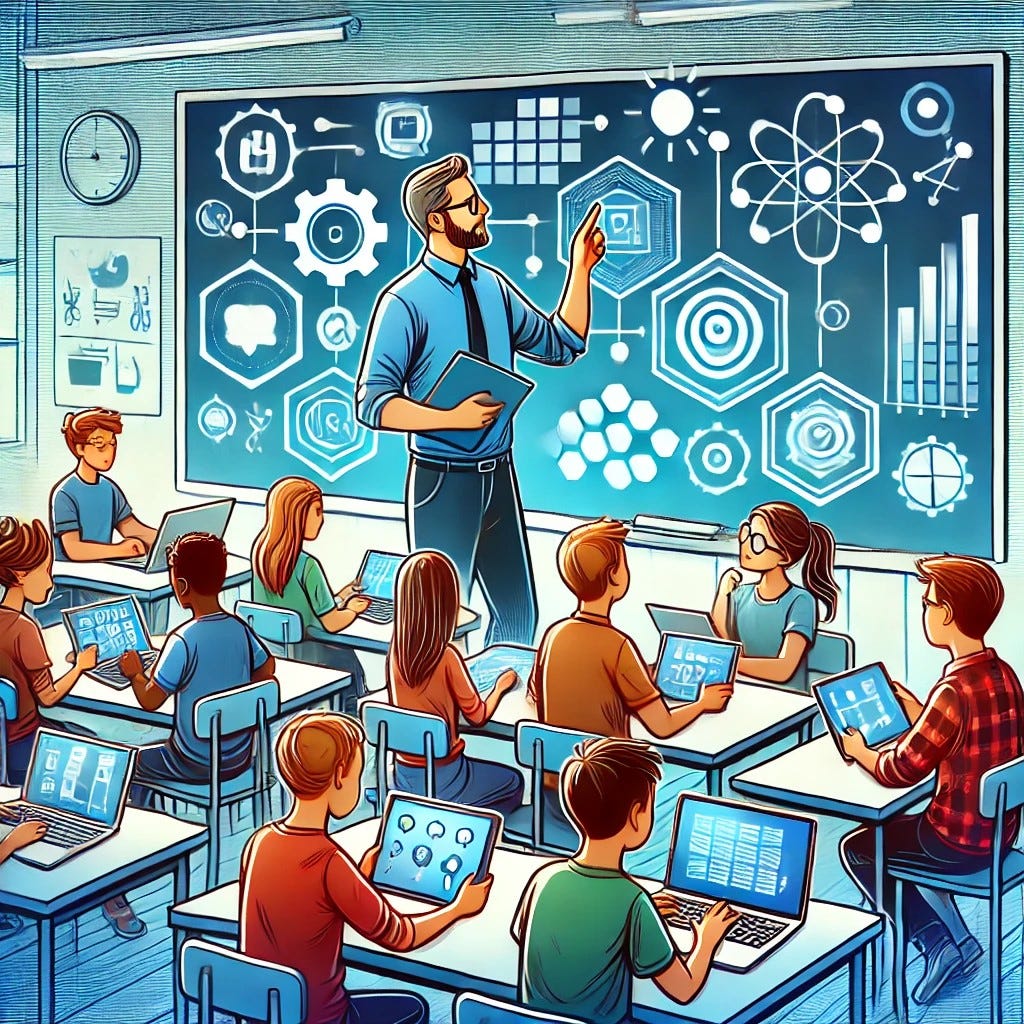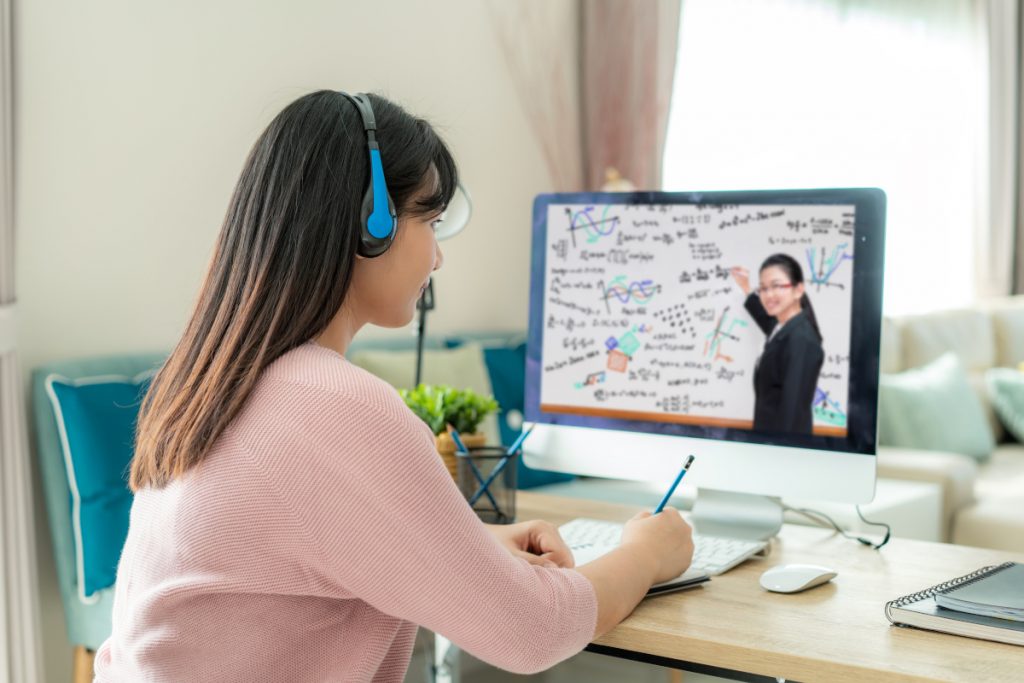
Introduction to Technology in the Classroom

The landscape of education is shifting beneath our feet. Gone are the days of chalkboards and overhead projectors. Today’s classrooms are vibrant hubs of technology, where learning comes alive through screens, apps, and digital resources. This transformation isn’t just about gadgets; it’s a radical change in how students engage with content and each other.
As we navigate this tech-driven era, it’s essential to examine what these advancements mean for teaching practices and student outcomes. Are we enhancing the educational experience or facing new challenges? The answer lies in understanding both sides of this dynamic shift as classrooms evolve into modern learning environments that prioritize collaboration and innovation. Join us on this exploration of technology’s impact on today’s classrooms!
Advantages of Technology Integration
Technology integration in classrooms offers numerous advantages that can significantly enhance the learning experience. First, it fosters greater engagement among students. Interactive tools like smartboards and educational apps make lessons more dynamic and captivating.
Students also benefit from personalized learning. Technology allows for tailored instructional methods to meet individual needs, accommodating different learning styles and paces. This flexibility promotes a deeper understanding of the material.
Additionally, technology facilitates collaboration. Platforms such as Google Classroom enable students to work together on projects seamlessly, even outside school hours. This cultivates teamwork skills essential for future success.
Access to vast resources is another key advantage. With just a few clicks, students can explore articles, videos, and research from around the globe—broadening their horizons beyond traditional textbooks.
Integrating technology prepares students for a tech-driven world by equipping them with essential digital literacy skills needed in today’s workforce.
Challenges of Implementing Technology in the Classroom

Implementing technology in classrooms comes with its own set of challenges. One significant hurdle is the disparity in access among students. Not every student has a personal device or reliable internet connection, which can lead to inequalities in learning opportunities.
Training teachers also presents difficulties. Many educators may feel overwhelmed by new tools and platforms, hindering their ability to integrate technology effectively into their teaching methods.
Moreover, there’s the issue of distraction. With so many apps and websites available, maintaining student focus can be tough. Teachers must find ways to harness technology while keeping students engaged.
There’s the concern over data privacy and security. Protecting students’ information should always be a priority when using digital tools for education. Each challenge requires thoughtful solutions that prioritize both educational values and technological advancements.
Enhancing Learning with Technology

Technology opens doors to endless learning possibilities. Interactive tools transform mundane lessons into engaging experiences. Virtual reality, for example, allows students to explore ancient civilizations or distant planets without leaving the classroom.
Online resources provide access to a wealth of information. Students can research topics in real-time and find diverse perspectives beyond their textbooks. This fosters critical thinking and encourages self-directed learning.
Collaborative platforms enable teamwork even from different locations. Students can work together on projects seamlessly, sharing ideas and resources effortlessly. This not only enhances communication skills but also prepares them for the modern workforce.
Gamification adds an exciting twist to education as well. Learning becomes more playful through educational games that motivate students while imparting knowledge.
Incorporating technology makes learning adaptable too. Different tools cater to various learning styles, helping every student reach their full potential in today’s dynamic educational landscape.
The Role of Teachers in a Technology-Driven Classroom

Teachers are the backbone of any classroom, and in a technology-driven environment, their role evolves significantly. They become facilitators rather than just providers of knowledge.
By integrating various digital tools into their teaching methods, educators encourage active participation from students. This shift allows for personalized learning experiences tailored to individual needs.
Moreover, teachers must continuously adapt to new technologies. Staying informed about educational apps and platforms is crucial for effective teaching. They also guide students on how to use these tools responsibly.
Collaboration becomes essential as well; teachers can work together to share resources and strategies that enhance learning experiences across different subjects.
The teacher’s ability to balance traditional methods with modern technology shapes the classroom dynamic and enriches student engagement in ways previously unimaginable.
Ethical Considerations for Using Technology in the Classroom

The integration of technology in classrooms brings about important ethical considerations. As educators embrace these tools, they must prioritize student privacy and data security. With many digital platforms collecting personal information, it is crucial to ensure that this data isn’t misused.
Additionally, accessibility remains a key concern. Not all students have equal access to technology at home. This disparity can widen the achievement gap, making it imperative for schools to provide resources equitably.
Another aspect involves screen time management. Too much reliance on devices may affect students’ social skills and mental health. Educators need to strike a balance between digital learning and traditional methods.
There’s the issue of content quality. Teachers must critically assess educational materials available online. Ensuring that resources are accurate and age-appropriate is essential for fostering an enriching learning environment without compromising educational integrity.
The Future of Technology in Education

The future of technology in education promises a landscape where learning is more personalized and accessible. Imagine classrooms where artificial intelligence tailors lessons to student needs, adapting in real-time to their pace and understanding.
Virtual reality could transport students into historical events or scientific phenomena, providing immersive experiences that deepen comprehension. These innovations can make abstract concepts tangible.
As connectivity improves globally, remote learning options will expand. Students from diverse backgrounds can engage with top educators without geographical barriers.
Furthermore, data analytics will play a crucial role in tracking progress. Teachers will have insights at their fingertips, allowing for targeted interventions when necessary.
With these advancements, the traditional classroom model may evolve significantly. The focus will shift from rote memorization to critical thinking and creativity—skills essential for tomorrow’s workforce. Technology isn’t just an add-on; it’s becoming integral to the teaching and learning journey.
Conclusion

The integration of technology in modern classrooms represents a significant shift in teaching and learning dynamics. It brings forth numerous advantages, such as personalized learning experiences and improved engagement among students. However, the challenges faced by educators—ranging from budget constraints to the need for adequate training—cannot be overlooked.
As we look at how technology enhances learning, it’s clear that tools like interactive software and online resources can facilitate deeper understanding and retention of knowledge. The role of teachers is also evolving; they are now seen as guides who help navigate this digital landscape rather than merely providers of information.
Ethical considerations are paramount when implementing technology in educational settings. Issues like data privacy and screen time must be addressed to ensure a positive impact on student well-being.
Looking ahead, the future of technology in education seems promising yet complex. Innovations continue to emerge, shaping how students learn and interact with content. As institutions adapt to these changes, striking a balance between traditional methods and technological advancements will define successful classroom environments moving forward. Technology may not replace teachers but instead enriches their ability to foster an engaging atmosphere that nurtures curiosity and critical thinking among students.



Leave a Reply